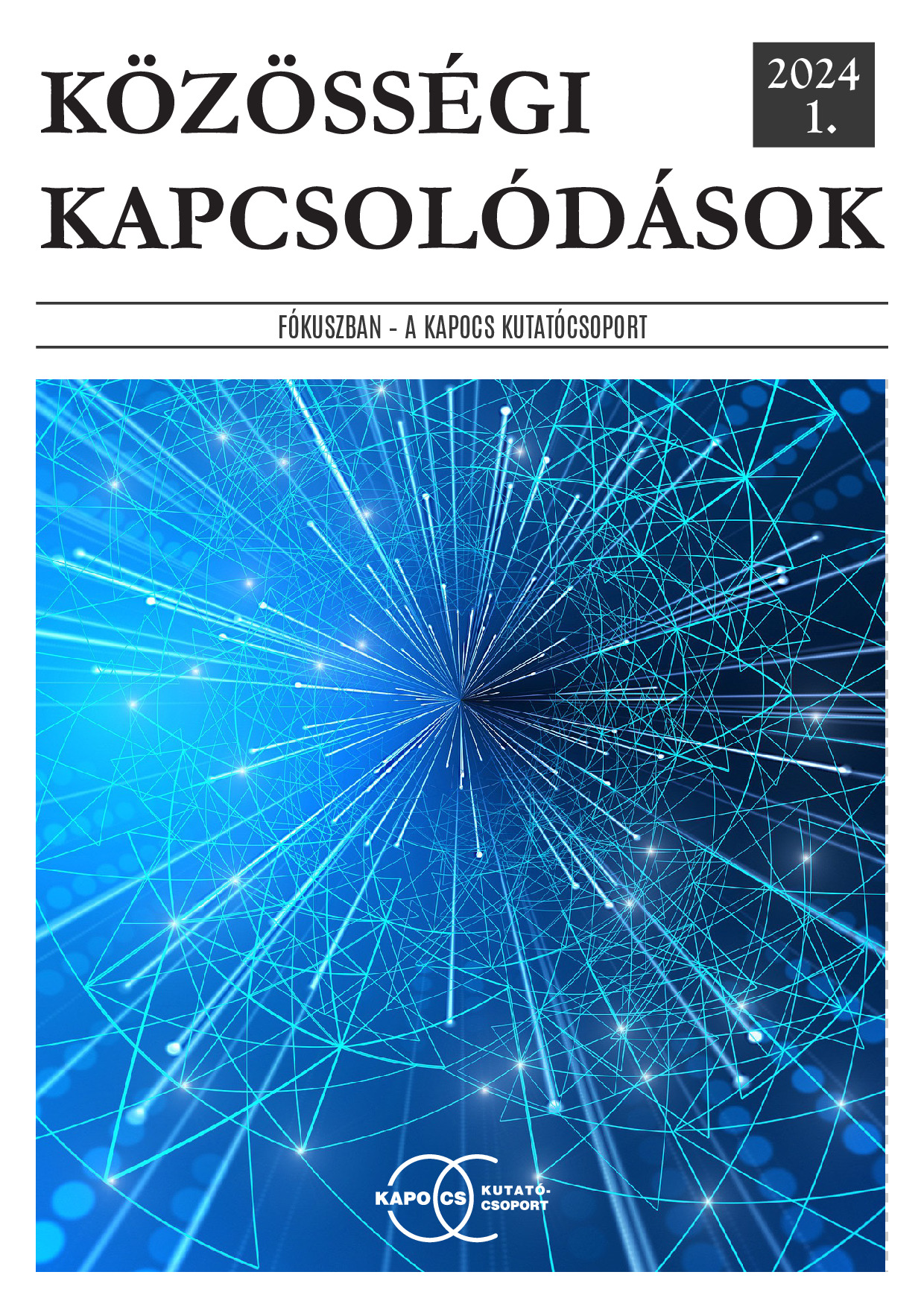Everyday Reading Materials Two Calendars from the 1850’s and 1860’s
Main Article Content
Abstract
In my paper, I investigate one of the most important genres of 19th-century Hungarian cultural education: the calendar. For this, I have chosen two examples to examine closely. By the mid-19th century, the Hungarian calendar literature kept growing and took on new attributes. Next to its original function – telling the time, listing days of celebrations and holidays – more and more literary fiction text found its way into these inherently cheap volumes, which were available for a wide range of people. Frigyes Podmaniczky and his sister, Júlia Jósika were both calendar editors for a short while: the former edited the Délibáb Képes Naptár [Délibáb Picture Calendar] in 1857, and the latter the Hölgynaptár [Ladies’ Calendar] in 1861. Neither of them continued the enterprise after the first volume, and both of the calendars were related to a weekly newspaper. My study sheds light on the reading habits and cultural opportunities of the period through two examples close to each other in time.

